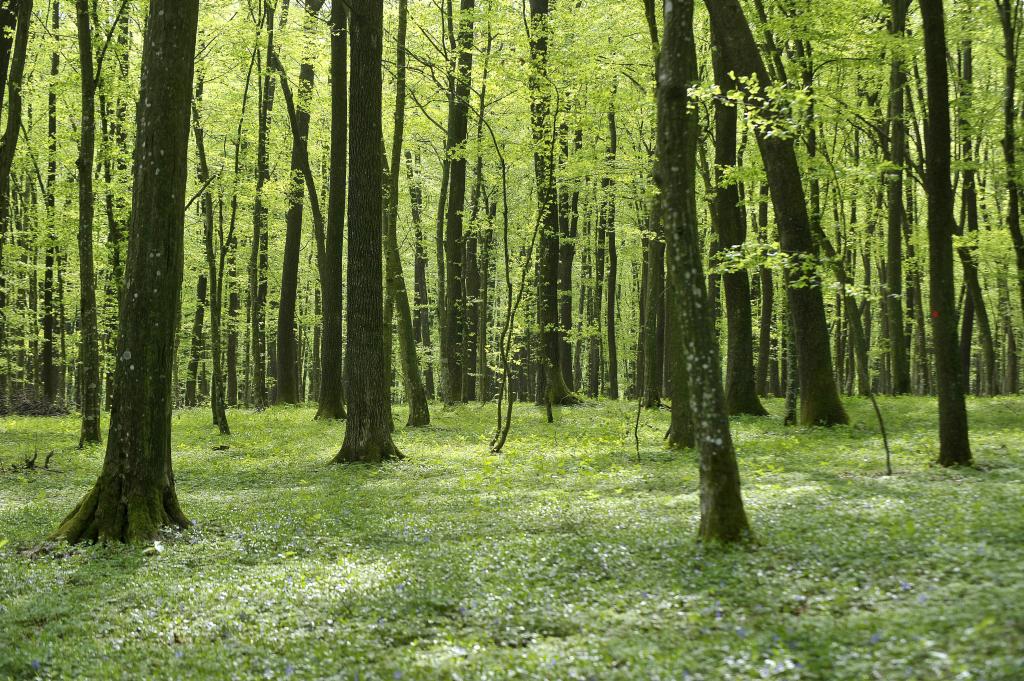
For years, hunters held impromptu meetings to discuss their work, but in 1907, they came together at a hotel in Ljubljana and established what would soon become known as the Hunters’ Association. Set up to protect hunters’ interests, the organization was also tasked to prevent poaching, which had already driven some species to extinction in the Slovenian Lands.
Dr. Ivan Lovrenčič, who helped set up the Hunters’ Association, saw its founding as something even more important – he considered it a key step towards Slovenian self-determination at a time when the Slovenian Lands were still under Hapsburg rule.
Just a few years after it was established, the Hunters’ association began publishing its magazine, Lovec (The Hunter), and established several regional subsidiaries.
The association organized everything from gun safety workshops to regular markets where fur could be traded. Its members also taught young hunters about the preservation of natural habitats and trained rangers to patrol Slovenia’s woods for poachers. In the wake of World War I, members of the organization helped General Maister secure the Slovenian town of Maribor, which had been claimed by Austria.
Even after Yugoslavia was created, the Hunters’ Association remained independent and thoroughly Slovenian. It expanded even faster after World War II, staying true to its original mission despite being reorganized by the Communist authorities. It began to publish books and set up a Museum of Hunting at Bistra Castle not far from the town of Vrhnika.
After Slovenia’ independence, the Hunters’ association became a fully-fledged member of international hunting federation. Its members established the world’s first ethical code for hunters and came up with an oath for young hunters. In recent years, it has helped to organize cleanup campaigns in which volunteers help to remove litter from forests and other natural sites.
As human increasingly encroach on natural habitats and come in conflict with wild animals, the Hunters’ Association has often found itself in the center of controversy. Farmers often demand larger culls of bears, wolves, and other large predators, while animal-lovers are opposed to any such moves. For its part, the organization stresses that preserving animal habitats is a goal that hunters share with environmentalists, and that with the weakening of natural checks-and-balances, only hunters can maintain a natural balance of animal life in the natural environment.
In fact, the Hunters Association has been one of the initiators of the campaign to reintroduce the lynx, which went extinct in Slovenia more than a century ago, and to protect the brown bear. More than 110 years after its founding, the Hunters’ Association – with 22,000 members -- remains one of Slovenia’s most influential organizations and continues its role as a caretaker of the country’s forests.

































































